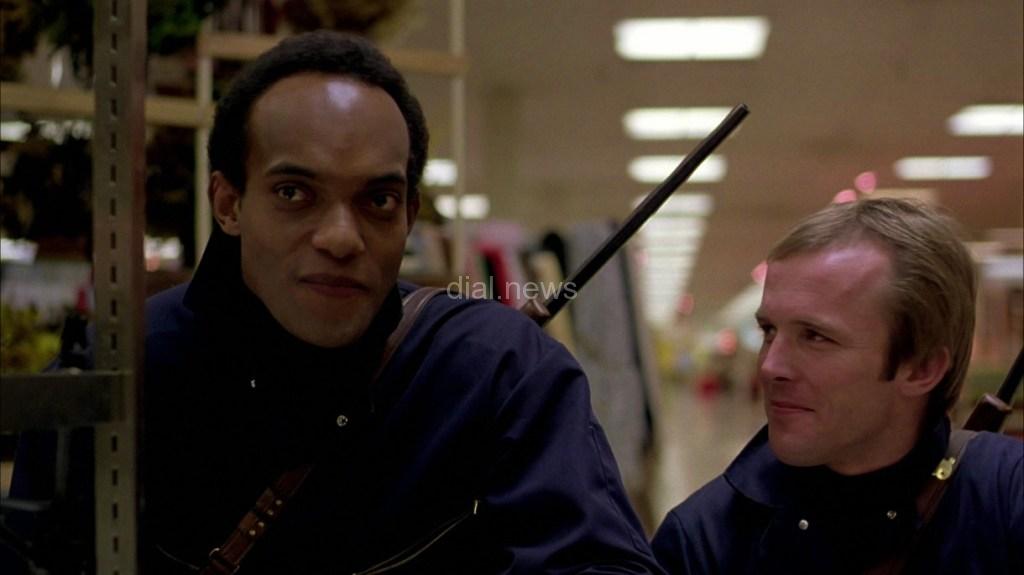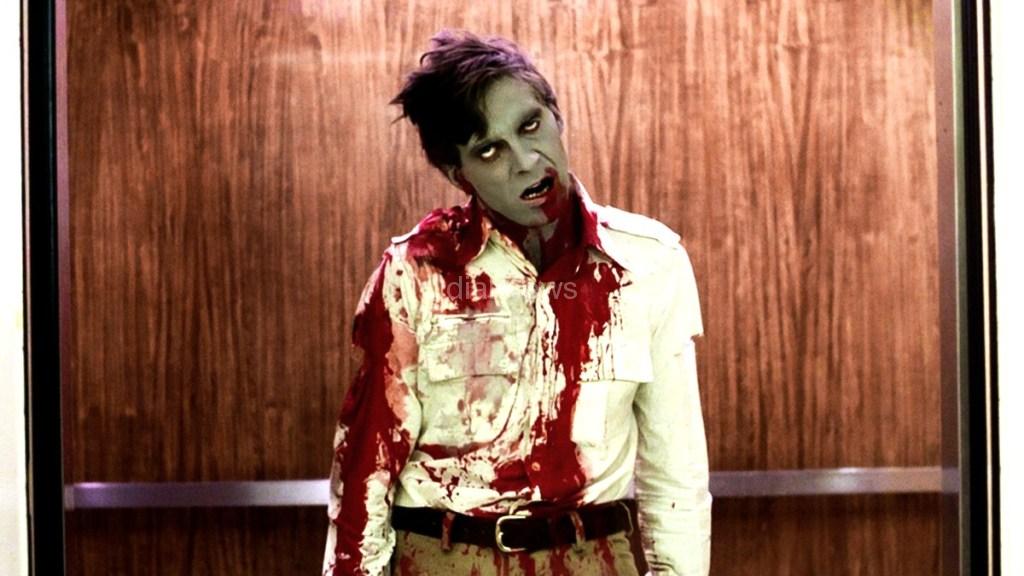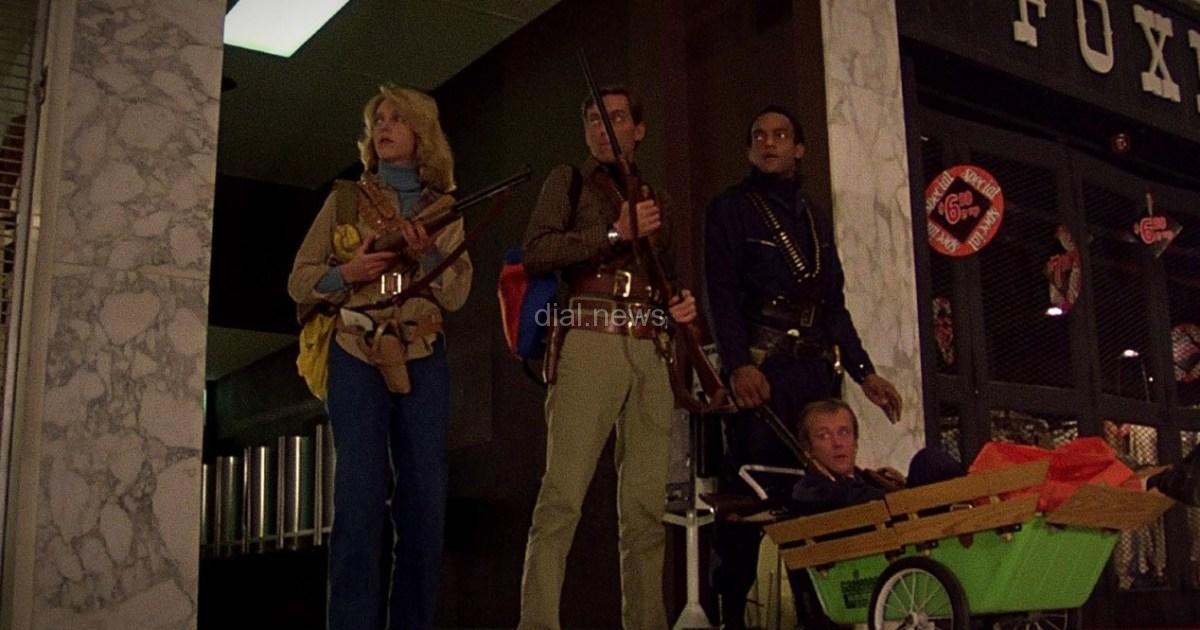[ad_1]
Next month marks 55 years since George Romero blessed the world with Night of the Living Dead, but this month is the 45th anniversary of its spiritual sequel Dawn of the Dead. Night may have been the one to break ground on the redefinition of the zombie, but Dawn takes it to another level with a more insightful look at humanity in a crisis.
Night of the Living Dead ended with a bleak but seemingly triumphant moment for humanity as gunnuts cleared out the ghouls and seemingly took the country back. It’s something I always found fascinating when compared to the more nationwide hysteria that Dawn of the Dead opens with. How an isolated town might feel like the rest of the country is overblowing this undead epidemic because they’ve dealt with it pretty easily. The arc of the first three Dead films shows the inevitability of humanity’s fate, but it’s in Dawn where you can feel something quite familiar in how people are reacting to a growing crisis. Especially in cities where controlling the undead spread is that much more difficult. The human element plays a massive part in Dawn of the Dead’s success
Dawn of the Dead opens at WGON TV station, where producer Francine Parker (Gaylen Ross) is witnessing the chaos of the growing situation manifest in her on-edge colleagues. From the first doom-laden note of the Goblin soundtrack, the tone is set perfectly for where we are in the rise of the dead. It’s quickly clear the station is becoming increasingly irrelevant as disorder and social unrest grow in the outside world. Fran’s traffic reporter boyfriend, Stephen Andrews (David Emge), certainly knows it, as he’s arranged for them to escape in the WGON chopper before it’s too late.
Elsewhere, SWAT team units are infiltrating low-income housing where the residents have refused to give up their dead despite martial law declaring this must be done. The tensions are high, and the baser side of particularly putrid human beings comes to the fore as one SWAT team member channels his racial hatred into a disgustingly enthusiastic assault on living and dead. The whole SWAT section of the film is a typical snapshot of Romero’s view of the world and its problems. While later messages feel as wide in perspective as the locations they inhabit, this claustrophobic apartment complex is undiluted in what it’s trying to say.
Dead to Rights

It’s here we meet Peter Washington (Ken Foree) and Roger DeMarco (Scott H. Reiniger), who are both members of the aforementioned SWAT mission but from separate units. Roger is in on Stephen’s helicopter escape plan, and after Peter saves his life, he offers his savior a spot on the chopper.
Once we draw back to just these four characters, there’s an early emphasis on the more isolated areas of America. On the almost prophetic dangers of assuming you’re safe just because it’s quiet and you have a gun.
There’s also the start of a real examination of the characters themselves. Roger and Peter may have combat experience, but Stephen and Fran do not. Stephen is one of cinema’s most accurate depictions of how an everyday person is ill-prepared to deal with any of this shit. He fumbles, bumbles, and generally flounders in posturing displays of masculinity time and again. It’s mostly born of insecurity in the face of two trained soldiers, but it’s also insecurity over how useless most of what he knows is in this grim new world. Sure, he can fly a helicopter, but that only has so much fuel and use.
So he tries, repeatedly, to help out and usually ends up more of a hindrance than anything. But in those brief moments, he gets to join in on the heroics, you can see how much it lifts him. Ultimately, he can’t help himself and seals his own fate with another bout of misguided action.
Fran has far more to be concerned with, but she’s not trying to get involved in the nasty stuff. Throughout the film, she bears the brunt of Stephen’s insecurity and fear, especially as she has the horrifying prospect of trying to bring up a child during this. Her pregnancy is an early revelation that doesn’t end up being a crutch. Fran actively begins to fight back against the idea of being this coddled fragile thing to be protected and also makes it clear she’s not going to assume the role of den mother to the three men either.
Roger is a man who clearly loves the action but is already haunted by some of the things he’s seen. During the SWAT raid, you see just how troubled he is by the idea of coming back from death. He clearly doesn’t want to face that (who would?) and goes out of his way to be gung-ho when called upon. When he gets bitten, the horror of the implications is worn well on his face. Faced with accepting that death is the only way out, Roger remains adamant he won’t turn.
A Ray of Hope at Dawn

Peter feels like a savvier, more cynical take on Ben from Night of the Living Dead at first. However, he grows into a more fascinating character in his own right. He’s consistently the voice of reason and comes up with the majority of the best plans when the group enters the mall. He’s the outsider of the group but quickly assumes a leadership role that stokes most of the tension between himself and Stephen. He’s understanding that Stephen and Fran aren’t combat trained but equally frustrated by the former’s blundering attempts to participate. Once things settle down and the group becomes closer to equals in the quiet life outside the roles they once held, there are signs they get on much better.
So when the disastrous finale occurs, and Fly Boy reverts to type, you can see the sadness on Peter’s face. But you’ll also notice a swift alignment with Stephen’s plan to take on would-be infiltrators. Peter always seems to have hope for the future. Be that in forward-thinking when taking the mall or right at the end where he’s about to accept defeat and rallies to escape with the haunting implication that it’s just bought a little longer on this side of the veil.
Compare and contrast the largely hostile atmospheres of Night and Day to Dawn’s small communal experience, and it’s clear to see why this is the film that has ended up as the one held in highest regard. The first film is chaos and panic, and the third is despair and futility, but Dawn of the Dead has hope. It’s buttered heavily with elements of those other films, but there’s always some hope of a brighter day with the break of Dawn.
[ad_2]

